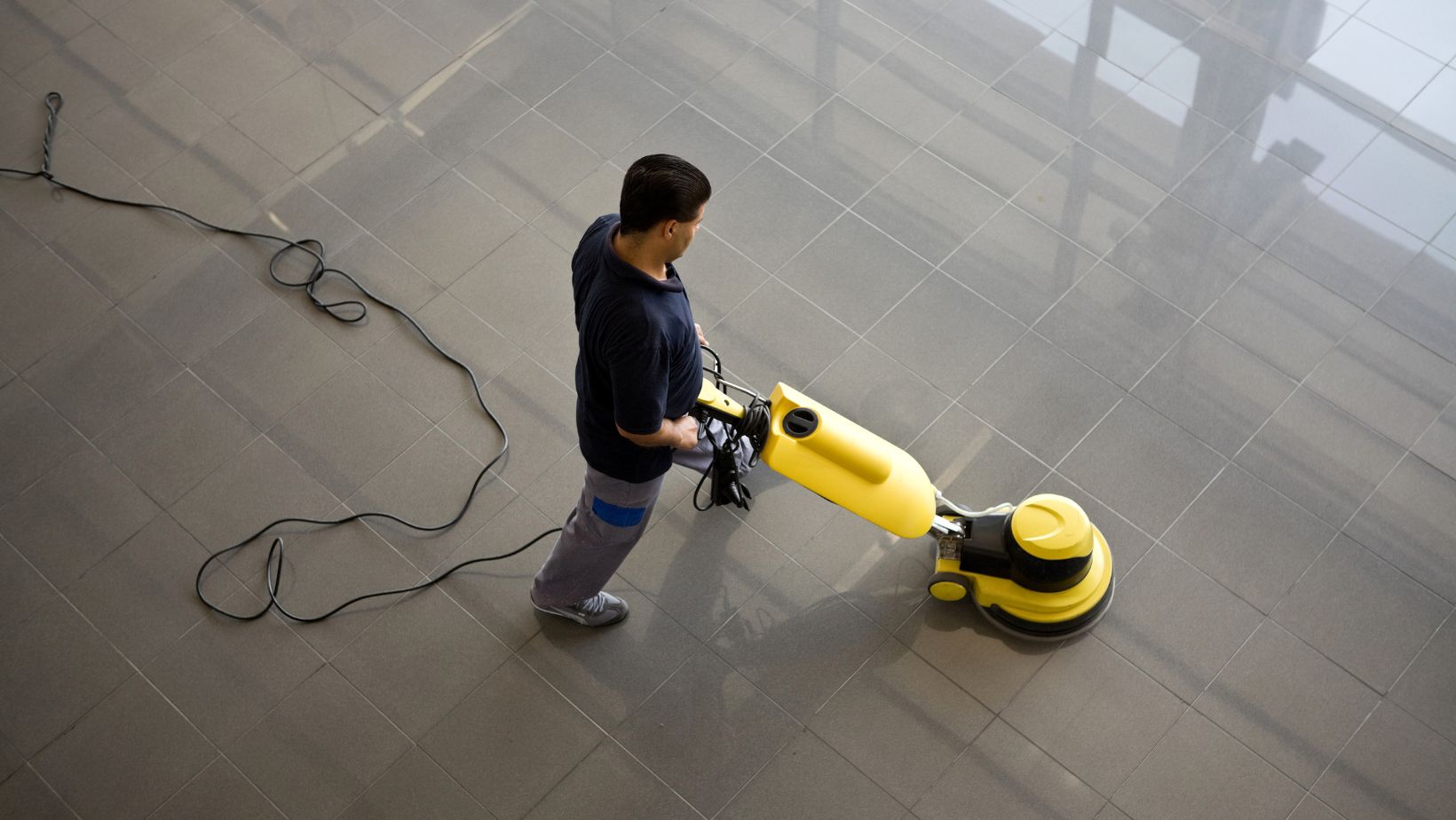Table of Contents
ToggleVacuum Secondary vs Mechanical
When it comes to choosing between vacuum secondary and mechanical carburetors, many people find themselves in a dilemma. Both options have their own set of advantages and disadvantages, making the decision quite challenging. In this article, I’ll delve into the debate of which is better – vacuum secondary or mechanical carburetors.
The primary difference between these two types lies in how they control the fuel flow. Vacuum secondary carburetors rely on engine vacuum to regulate the opening of the secondary throttle plates, whereas mechanical carburetors utilise a mechanical linkage system to control the secondary throttle plates.
Vacuum secondary carburetors are known for their smooth and progressive power delivery. They excel at providing optimal fuel mixture under varying load conditions, making them suitable for street driving and daily commuting. On the other hand, mechanical carburetors offer quicker throttle response and improved performance at higher RPMs, making them popular among enthusiasts who seek maximum horsepower.
Ultimately, determining which type is better depends on your specific needs and preferences. If you prioritise smoothness and versatility in everyday driving situations, a vacuum secondary carburetor might be your best bet. However, if you’re an avid racer or someone seeking maximum performance gains, a mechanical carburetor could be more suited to your needs.
Vacuum Secondary Explained
When it comes to choosing between vacuum secondary and mechanical carburetors, many car enthusiasts find themselves in a dilemma. Both options have their merits, but understanding the differences is crucial in making an informed decision for your vehicle. So, let’s dive into the world of vacuum secondary carburetors and explore what sets them apart.
Firstly, let’s clarify what a vacuum secondary carburetor actually does. Unlike mechanical carburetors that rely on a mechanical linkage system to open the secondaries, vacuum secondary carburetors use engine vacuum to control the opening of the secondaries. This means that as you accelerate and demand more power from your engine, the increasing airflow creates a drop in manifold vacuum, causing the secondaries to open gradually.
One key advantage of vacuum secondary carburetors is their ability to provide smooth and seamless throttle response. The gradual opening of the secondaries ensures that there are no sudden surges of fuel into your engine, resulting in improved drivability and better fuel efficiency. This makes them an excellent choice for street or daily-driven vehicles where responsiveness and economy are desired.
Furthermore, vacuum secondary carburetors excel in providing optimal performance during low-to-midrange RPMs. They are designed to deliver precise air-fuel mixture control at lower engine speeds when cruising or driving under normal conditions. This makes them well-suited for vehicles that spend most of their time on city streets or highways.
Ultimately, the decision between vacuum secondary and mechanical carburetors depends on your specific needs and preferences as a car enthusiast. Consider factors such as vehicle usage, desired performance characteristics, and overall goals to determine which option is best suited for your engine’s requirements.

Mechanical Secondary Explained
When it comes to choosing between vacuum secondary and mechanical secondary in carburetors, the question of which is better often arises. Understanding the differences and benefits of mechanical secondary can help you make an informed decision.
- Enhanced Responsiveness: One of the key advantages of mechanical secondary is its ability to offer improved throttle response. Unlike vacuum secondary, which relies on engine vacuum to open the secondaries, mechanical secondary operates purely based on throttle position. This means that as soon as you step on the gas pedal, the secondaries open up without any delay, delivering instant power and acceleration.
- Increased Flow Capacity: Mechanical secondary carburetors are known for their higher flow capacity compared to vacuum secondary models. The larger fuel passages and absence of a diaphragm make them capable of supplying more fuel under high-demand situations, such as wide-open throttle or high RPMs. This increased flow capacity allows for better performance and can be particularly beneficial in applications requiring greater horsepower.
- Tuning Flexibility: Another advantage offered by mechanical secondary is its tuning flexibility. With adjustable air/fuel mixtures and jet sizes, these carburetors allow fine-tuning for optimal performance across various driving conditions or modifications made to your engine setup. This level of adjustability lets you customise your carburetor’s operation according to your specific needs or preferences.
- Suitable for Performance Applications: Mechanical secondary carburetors are commonly preferred in high-performance applications where quick throttle response and maximum airflow are crucial factors. Whether you’re drag racing or participating in other competitive events, a properly tuned mechanical secondary can provide the power needed for fast launches and rapid acceleration.
- Potential Fuel Efficiency Concerns: While mechanical secondary offers excellent performance benefits, it’s worth noting that they may not provide optimal fuel efficiency compared to vacuum secondary carburetors under normal driving conditions with constant speeds or light loads. The nature of their design makes them better suited for high-demand situations rather than everyday driving, where fuel economy is a priority.

